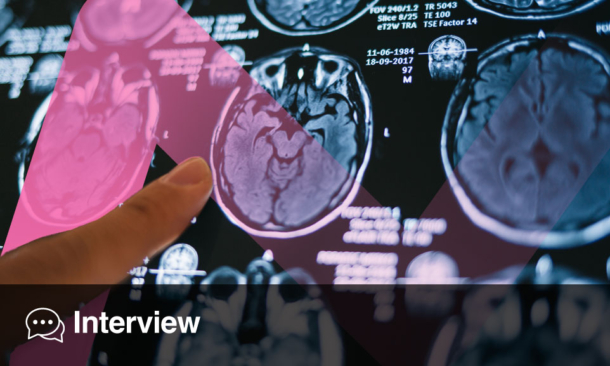BACKGROUND AND AIM
Among the pathogenic mechanisms on motor neuron degeneration leading to amyotrophic lateral sclerosis (ALS), the oxidative stress (OS) theory has been put forward.1 Although it remains hard to understand whether or not OS is the cause or effect of the disease, the association between oxidative damage and the disease makes therapeutic targeting of the antioxidant systems an attractive option.2,3 Nuclear factor Erythroid 2-related factor 2 (Nrf2)–anti-oxidant response elements (ARE) pathway is a primary sensor and a master regulator of OS via its ability to modulate the expression of hundreds of antioxidant genes.4,5 Considering the pivotal defensive role exerted by the Nrf2–ARE pathway (demonstrated in animal models of many neurodegenerative disorders), it is evident that the dysregulation of Nrf2-regulated genes offers a possible explanation for the direct and indirect association between OS and ALS.6-8 This work was aimed to evaluate a possible association between -653 A>G, -651 G>A, and -617 C>A functional polymorphisms in the NRF2 promoter gene with the NRF2 mRNA and OS biomarkers in ALS.
RESULTS
Analysis of 150 ALS patient’s data showed that the allelic -653G variant is associated with increased risk of disease (odds ratio: 1.71; 95% confidence interval: 1.18–2.48); in relation to the polymorphisms -651 G>A and -617 C>A, no significant differences have been found in either the genotypic distribution or in the allelic frequencies of patients with ALS compared to the controls. The evaluation of peripheral OS biomarkers showed a significant increase in advanced protein oxidation products (AOPP) levels (p<0.001) and a significant decrease in thiol groups (-SH) levels (p<0.01) in ALS patients; the authors did not find any imbalance in the Iron-reducing capacity of plasma (FRAP) level of ALS patients compared to controls. mRNA expression in ALS lymphocytes carrying -653 AG or -653 GG genotype was significantly decreased (p>0.05) compared to wildtype (AA) carriers at this position. Finally, the data obtained showed a correlation between the -653G variant, mRNA expression level, and OS biomarkers in ALS patients.
CONCLUSIONS
The data obtained suggest that the -653G variant in Nrf2 promoter gene can be a risk factor for ALS. This variant is associated to decreased level of Nrf2 mRNA as evaluated in peripheral lymphocytes. All together these data reinforce the statement that the Nrf2–ARE pathway can be one of the pathogenic molecular mechanisms to be considered in motoneuron neurodegeneration in ALS. Conclusive remarks can be assumed in terms of relevance of OS events as integral part of the pathogenic complex of this disease.







